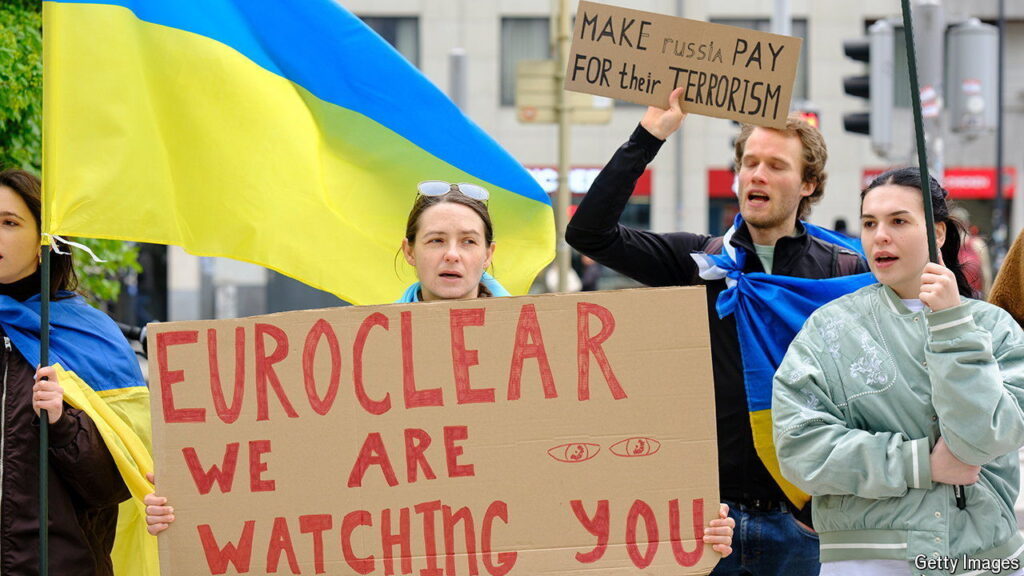After the destruction of the Trypilska power plant by Russia on April 11th, Ukraine found itself in a desperate situation, lacking both anti-missile ammunition and financial support. The country’s leaders were quick to blame the lack of ammunition on limited industrial capacity, while pointing to limited political will as the reason for the shortage of money. These constraints among Ukraine’s allies have left the country vulnerable in the face of Russian aggression.
Despite these challenges, there have been signs of progress in one particular area: the fate of Russia’s frozen assets. Following Vladimir Putin’s invasion of Ukraine, Western governments moved swiftly to freeze €260bn ($282bn) worth of Russian assets. These assets have remained frozen ever since, as various proposals for their disposal have been put forward. From radical suggestions to seize the assets and hand them over to Ukraine, to more creative ideas such as forcing them to be reinvested in Ukrainian war bonds, the debate over what to do with the frozen assets has been ongoing.
However, until recently, none of these proposals have gained widespread support from Western governments. The complex nature of the situation, with political, economic, and moral considerations at play, has made it difficult to reach a consensus on the best course of action. Meanwhile, Ukraine continues to suffer the consequences of the destruction of the Trypilska power plant, with the need for anti-missile ammunition and financial support becoming increasingly urgent.
The lack of anti-missile ammunition has left Ukraine vulnerable to further attacks from Russia, highlighting the importance of bolstering the country’s defense capabilities. At the same time, the shortage of financial support has hampered Ukraine’s ability to rebuild and recover from the destruction caused by the conflict. Both of these shortages underscore the challenges facing Ukraine and its allies as they seek to confront Russian aggression and support Ukraine in its time of need.
In the midst of these challenges, the debate over Russia’s frozen assets represents a key opportunity for Ukraine and its allies to take decisive action. By finding a solution that not only addresses Ukraine’s immediate needs but also holds Russia accountable for its actions, Western governments can send a powerful message of solidarity and support to Ukraine. Whether through seizing the assets, reinvesting them in Ukrainian war bonds, or pursuing another course of action, the disposal of Russia’s frozen assets could have far-reaching implications for the ongoing conflict in Ukraine.
As Ukraine continues to navigate the complexities of the conflict with Russia, finding solutions to the shortages of both anti-missile ammunition and financial support remains critical. The fate of Russia’s frozen assets presents a unique opportunity for Western governments to demonstrate their commitment to Ukraine and to hold Russia accountable for its actions. By seizing this opportunity and taking decisive action, Ukraine and its allies can send a strong message of unity and support in the face of Russian aggression.



